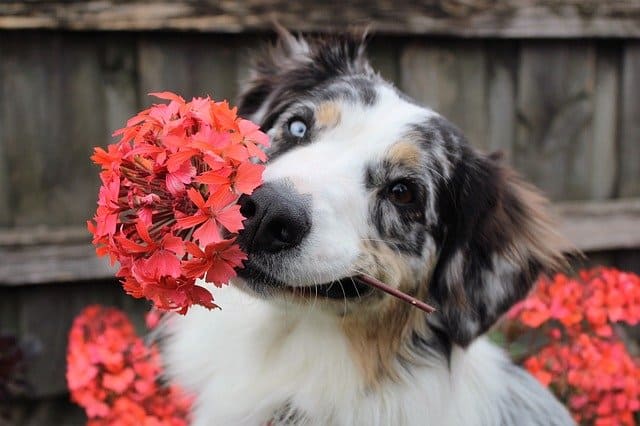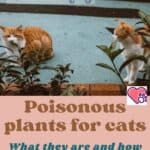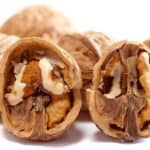
Poisonous plants for dogs : let’s take care of the poisoning of dogs due to the ingestion of some types of plants or flowers.
In nature there are about fifty toxic plants that can have very serious consequences for your dog. It is therefore necessary to be vigilant and be very careful with your four-legged friend.
Poisonous plants for dogs: which plants or flowers are at risk?
As anticipated, there are about fifty toxic plants. Among these, we point out the most dangerous which are:
- oleander
- ficus
- common rate
- laurel ,
- rhododendron
- thrush
- holly
- tulip
- mistletoe
- yucca
- lily
- philodendron
If you don’t know them, we invite you to read all the sheets of the individual plants to learn how to recognize them thanks to the photos.
How to avoid plant poisoning?
Normally, the dog’s diet contains enough fiber . It is therefore not necessary for them to feed on plants. However, some dogs have this habit, especially puppies who love to explore and savor new tastes and flavors but it can also happen to adult dogs.
Be careful and don’t let your dog ingest any plants! Some are toxic or even fatal and can have serious health consequences for your four-legged pet.
You must therefore be vigilant and familiar with the possible poisonous plants for dogs in your environment to avoid risks: indoor plants , garden plants or wild plants.
It is also advisable to know the names of the different plants you own and to make a visual memory of the wild plants you may encounter in your region.
As a precautionary measure, it is generally best not to leave plants at your dog’s disposal. Remember to keep them hanging or in such a way that they are not within easy reach.
In general, avoid introducing the most toxic plants and flowers that we have listed above into your home.
- If you still have potentially toxic plants in your home, we recommend that you wash your hands after touching them.
- When taking care of your garden, remember to wear gloves or wash your hands when you are done.
- In your garden, try to protect them so you don’t tempt your dog. It is also possible to spray the plants with repellent to keep it away.
When walking in the meadows, always observe your dog and prevent him from eating wild plants or flowers.
What are the symptoms of plant poisoning?
Depending on the plant, the consequences can be very serious or even fatal.
In general, the following symptoms are observed:
- Digestive disorders: vomiting , severe salivation, diarrhea , haemorrhagic gastroenteritis,
- Nervous disorders: paralysis, tremors, convulsions, coma….
- Kidney failure,
- Heart failure
Finally, some plants contain latex. If the dog touches them, they can cause gingivitis or conjunctivitis .
What to do if the dog ingests a toxic plant?
When you are sure that the dog has ingested a poisonous plant, you should immediately consult the veterinarian trying to indicate the name of the plant.
If you find that your dog has ingested a plant you are unsure about, get a sample right away and contact your vet or poison control center.
If the dog got intoxicated here’s what you need to do:
- Don’t make him throw up,
- Don’t give him food or drink,
- Avoid giving him drugs without the advice of a veterinarian,
- Monitor behavior to better inform your vet.
In general, if after a walk you notice that your dog is behaving in an unusual way, consult your vet immediately.






